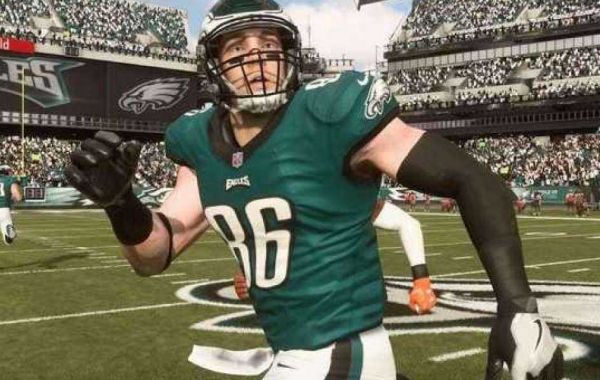In terms of the degree of influence on consumers and their involvement in the interactive environment offered by video games, this segment has long stood out among other forms of entertainment.
Game development or game development cannot be viewed in isolation from the computer game industry as a whole. The actual creation of games is only part of a complex "ecosystem" that provides the full life cycle of production, distribution and consumption of such complex products as computer games.
In the structure of the modern gaming industry, the following levels can be distinguished: platforms, game engines, video game development, publishing and operating, popularization and consumption.
A very small number of educational institutions in the world train specialists directly for the gaming industry. In Russia, the only educational program for training personnel for the gaming industry, Management of Internet gaming projects, prepares specialists for two levels at once: Game Creation and Publishing (Operation).
GAME DEVELOPMENT
A large number of companies and independent teams are involved in the creation of computer games. Specialists of different professions are involved in the development: programmers, game designers, artists, QA specialists, etc.
Large professional teams of 100+ specialists are involved in the development of large commercial gaming products. And such projects in development can cost tens of millions of dollars.
However, quite successful game projects can be implemented by small teams of enthusiasts. for example https://whimsygames.co/ . This is facilitated by the presence on the market of a large number of open and widespread platforms, high-quality and practically free engines, platforms for attracting "people's" investments (crowdfunding) and affordable distribution channels.
PUBLISHING AND OPERATING GAMES
Games are distributed or operated (in the case of MMOs), as a rule, not by the developers themselves, but by the publishers. At the same time, publishers (or operators) localize games, interact with platform owners, conduct marketing campaigns, deploy infrastructure, and provide technical and informational support for released games.
For medium and small gaming products, this level is practically unavailable. As a rule, such products are brought to the market by the developers themselves, directly interacting with the platforms.
POPULARIZATION (GAME MARKETING)
Specialized mass media have always been a powerful channel for delivering information to users.
Now the most effective and widely represented direction of the media are informational sites devoted to gaming topics.
Gaming magazines, which have long been the main source of information about games, have now given way to internet resources.
CONSUMPTION
Players are the main source of income for gaming products. But in today's world, the most active players have become a significant driving force in the popularization of games and, in part, in the expansion of content.
GAME COMMUNITIES
Within the framework of the most popular gaming directions, gaming communities are formed around specific games or series, new sites, forums and groups in social networks appear. Often, such groups generate an even greater flow of information than developers and publishers can afford through their own resources and advertising. It is quite typical when an independent game site offers visitors more complete information about the game world than the official site.
CREATIVITY OF PLAYERS
The most dedicated game fans not only spend many years of their lives behind the games' creations, but also often create a variety of content around their favorite game. These can be entire sites, drawings, cosplays, magazines, video shows, game add-ons, or even full-fledged games.








